Musing On Street Photography
Gary Hill
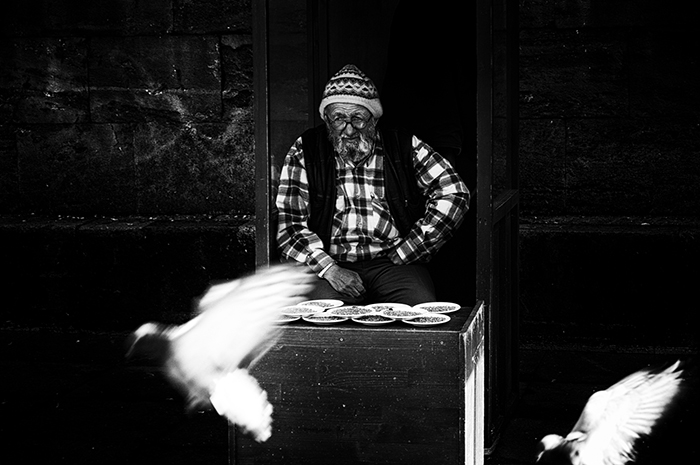
There seems to be no reliable, agreed definition of street photography. Because of its broadness, this definition, from Satoki Nagata, seems like a good start:
“Images created from the photographers’ distinct point of view to capture the dynamics between humans and their created outdoor environments.”
But that merely describes the genre. What is it that makes a good street photograph? To define further I add Iraqi street photographer Saman Ali's perceptive observation:
"......it's about discovering the unordinary within the ordinary."
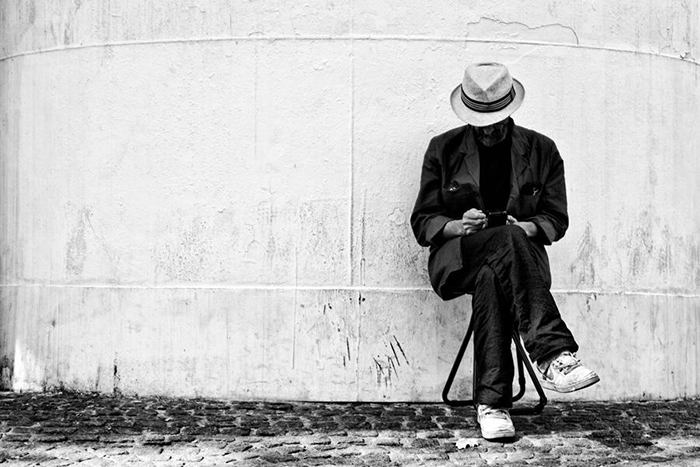
This is why I have a love-hate relationship with street photography. I love doing it. But I'm unmoved by the bulk of the genre, which I find mundane; merely documenting the ordinary within the ordinary, although I do appreciate and often exploit the observation that what is ordinary in one culture can be distinctly unordinary in another. I press the shutter sparingly. Because I started my photography in the days of film where every frame cost money I've never been comfortable with the 'scattergun' approach, i.e., shoot as many frames as possible in the hope that one will turn out OK. This, I also feel, has led to a lowering of standards in street photography, engendered in tandem by the mutual pat on the back, tit-for-tat voting patterns that infests photography communities on the web, and social media generally. Popularity has become so divorced from talent that an abundance of posts with reciprocated 'likes' is too often strived for more than a passion for the genre. As a measure of success this diminishes the quality of any art form. I'm not referring here solely to any particular creative style, but specifically to mediocre content; the boringly ordinary within the very ordinary masquerading as popular art. I'm not such a purist that I shun post-processing techniques such as over-and under-saturated colours or vignetting. Used judiciously I think these creative tools have their place. In a nutshell, I consider good street photography to be one of the most challenging types of photography. Very few people excel at it, which led the Magnum photographer Alex Webb to remark that street photography is about "99.9% failure." After 30+ years of attempting it I couldn't agree more.
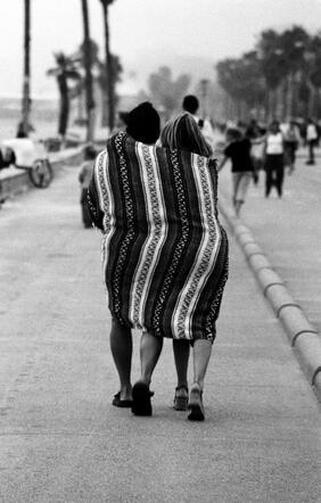
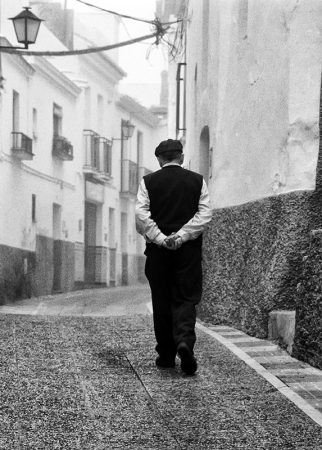
Many people equate street photography with documentary photography. I consider this to be wrong. Documentary photography attempts to document something that someone has decided beforehand to document in a particular fashion. That something may occur on a street, or not. Street photography is far more challenging than this. It's challenging because what gets captured cannot be decided or guaranteed to be available beforehand. It's not pre-planned or staged, it's opportunistic. The end result is largely out of the photographer's hands. Similar to wildlife photography, the subject of the intended image has more control over the scene than the photographer. They are usually going about their business, but if they become aware of the lens, they do not lose this control. They then have increased choices; to ignore the photographer, or rapidly become someone else taking, for example, advantage of the photographer's presence to act in a street-play lasting only a few seconds. Or they could feign shyness but remain photogenic, or even express their discontent. There is often no way a photographer can predict this and often the decision to capture the image or not needs to be made quickly. The exact same scene snapped a second later, or from a slightly different angle, might make a completely different image. The posture has changed, the expression is changed, someone else has walked into scene etc. So what is it that makes a satisfying street image? To my mind it's this: at the instant I take the picture, I'm concentrating on the other. However, when I look back at the finished result a successful image is when I get the feeling that the photographer and the subject have joined together to make art and the photographer has not merely 'documented' something ordinary.
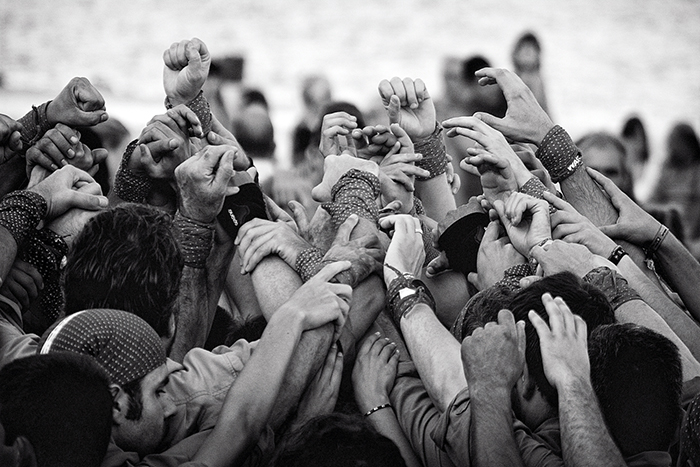
Nevertheless, street photographers will often talk about how they 'work the scene'. I think this phrase too is misleading and contrived. How do you work a scene that has yet to unfold? All you can really work on is your placement in an environment. That is really the "distinct point of view" to which Nagata refers. The choice of what to include in the background, or context, which is effectively a stage, is what is under the photographer's control, not the actors themselves. The resulting split-second slice of time on that stage tells a story. But, importantly, to the eventual viewer it need not necessarily convey the story of what actually occurred. Unless I happen upon a scene that immediately grabs my attention and act quickly, my primary method of 'working the scene' is to find an uncluttered or relatively uncluttered background, and then wait for the play to unfold. I tend to concentrate on individuals rather than group scenes and consider the most successful shots to be the ones where the subject is unaware of, or at least apathetic to my lens. Strictly speaking, what I do is mostly candid street photography. Occasionally, I'll ask (or gesticulate) for a portrait. Then it's street portraiture. Sometimes it works, most of the time I don't think it does.
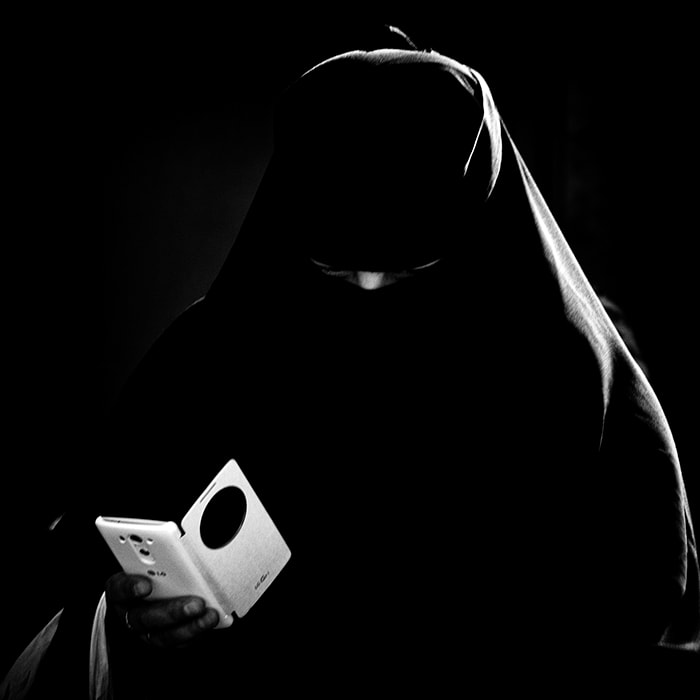
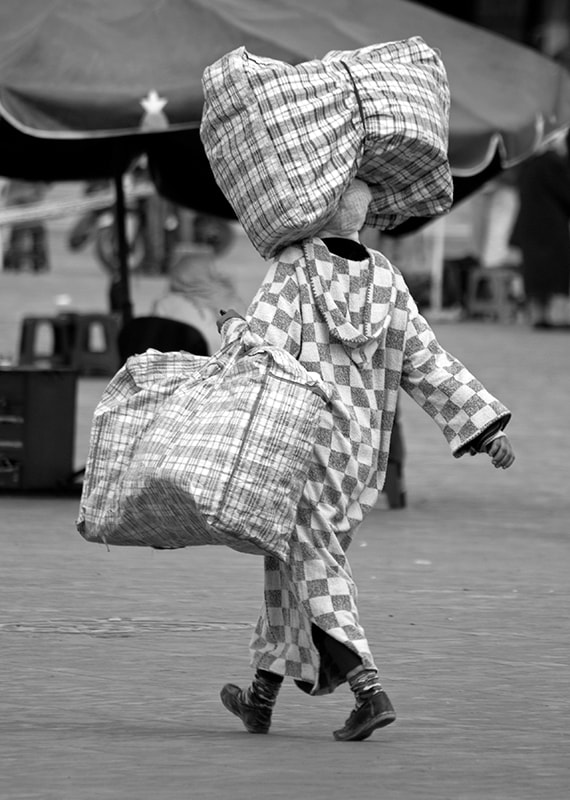
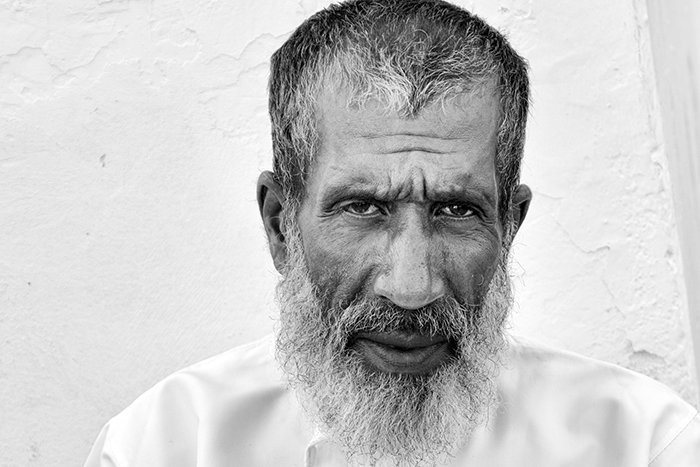
'Musing On Street Photography'. Original images and written content © Gary Hill 2017. All rights reserved. Not in public domain. If you wish to use my work for anything other than legal 'fair use' (i.e., non-profit educational or scholarly research or critique purposes) please contact me for permission first.

